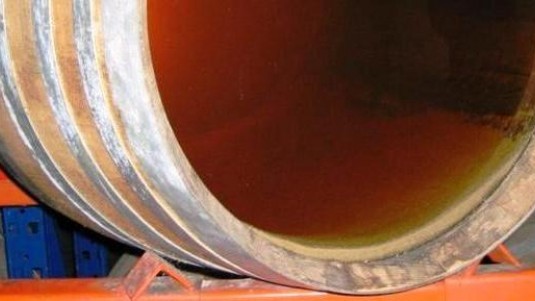The Umbilical Cord

The contact of the wine with the lees is the way to make it rich and complex and, in some ways, more territorial.
It is a well-known fact that that the umbilical cord is rich in stem cells but it is best of all known as the physical and symbolic link to birth. Something similar exists in winemaking, linking a wine to its origin, with the elements of its fermentation and transformation from the original grape must.
It is the contact the wine has with the so-called ‘fine lees’ or ‘noble lees’. There are the semi-solid particles in the must composed primarily from dead yeast which is rich in proteinic substances that slowly become part of the wine through the action of ethyl alcohol. In other words, they are a link to the wine’s origin and birth and make the wine more complex and rich by recovering those elements that were part of its metamorphosis. The wine thus acquires character and becomes something unique and unrepeatable. All this only if the ‘noble lees’ are like a cream of wine, whole, fragrant and healthy, in the sense that they have no had problems while in contact with each other and the wine itself. And this because the lees can get sick and produce unpleasant odors that ruin everything.
The secret lies in the health of the grapes and their correct fermentation without producing any negative elements like acetaldehydes, oxidation and even excessive and counterproductive notes. There are some producers, enologists and winemakers who have transformed the relationship between the lees and a wine into a fine art. They have been able to achieve the so-called “autolysis of the yeast” in an extremely efficient way and obtain greater complexity and an extraordinary broadness of the aromatic profile, while at the same time enhancing the flavor and its volume with mannoproteins. Among the best in doing this are certain Chablis producers, like Ravenau or Fevre, but Italy too has some authentic masters like Ampelio Bucci, Francesco Valentini and Walter Massa, just to name a few off the top of my head. During a recent visit to Irpinia I was most impressed by the work being done by Roberto De Meo, an enologist and winemaker in Salza Irpinia, who is still maturing his Fiano di Avellino 2003, 2004 and 2007 in vats. All are still “sur lie” and are in incredible condition. He still has no idea when he will bottle the wine and send it to market and confessed to me “as long as the wine keep evolving positively I’ll keep it on the lees”. Tasting his wines brought back memories of some great Burgundy whites but without the influence of the wood from barriques, which for these wines are not used. The wines have the purity of the fruit along with aromas that have evolved from sitting long on the fine lees which has decidedly amplified the complexity of the bouquet.
This method is a way to ennoble wines made from traditional varietals that do not have aromatic elements like pyrazines and terpenes but that come into their own only by bringing out their original character. It is also a precise direction for future winemaking in Italy that is currently being discussed at length and practiced in many areas of the country with results that are beginning to be very interesting. The method is being experimented not only with the white wines of Irpinia, San Gimignano and Colli Tortonesi but also reds made from Sangiovese, Nebbiolo, Nerello Mascalese and even Aglianico. This is good news, indeed.

 Italiano
Italiano






